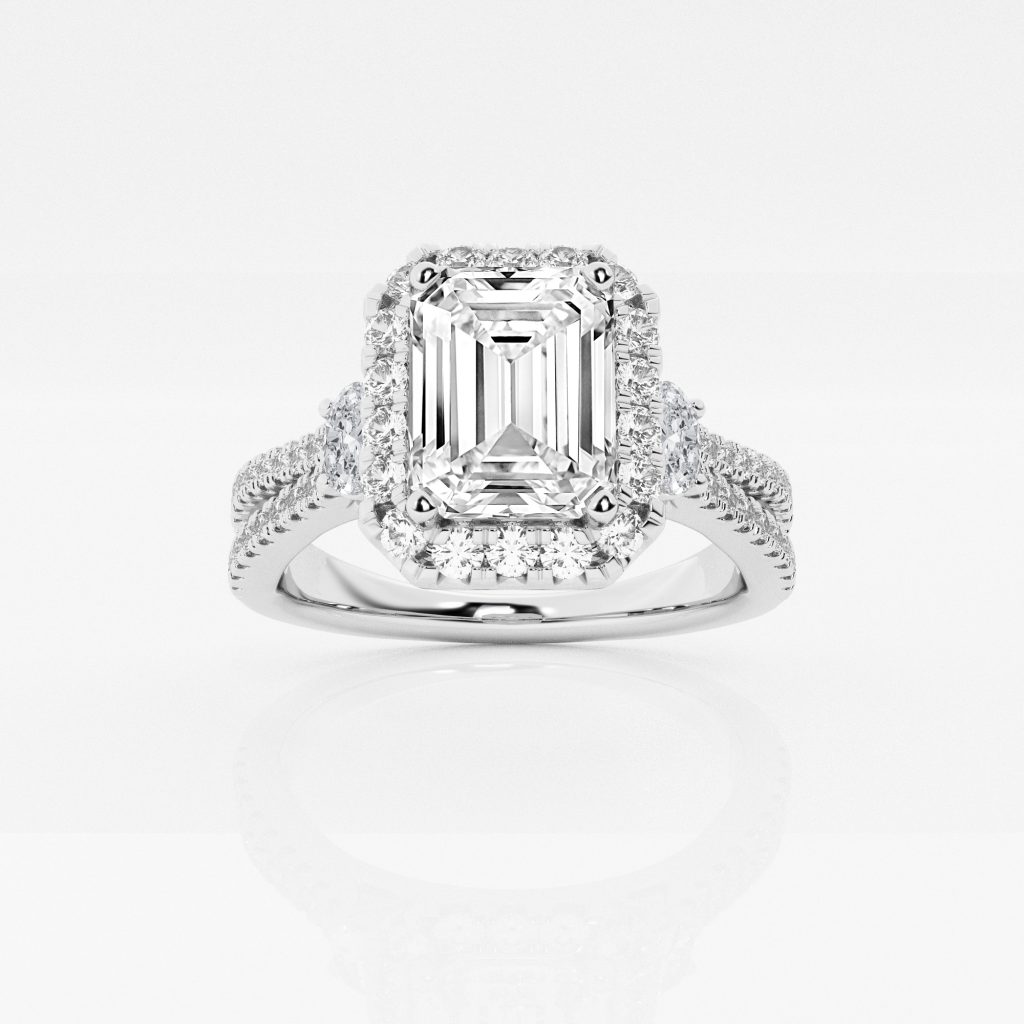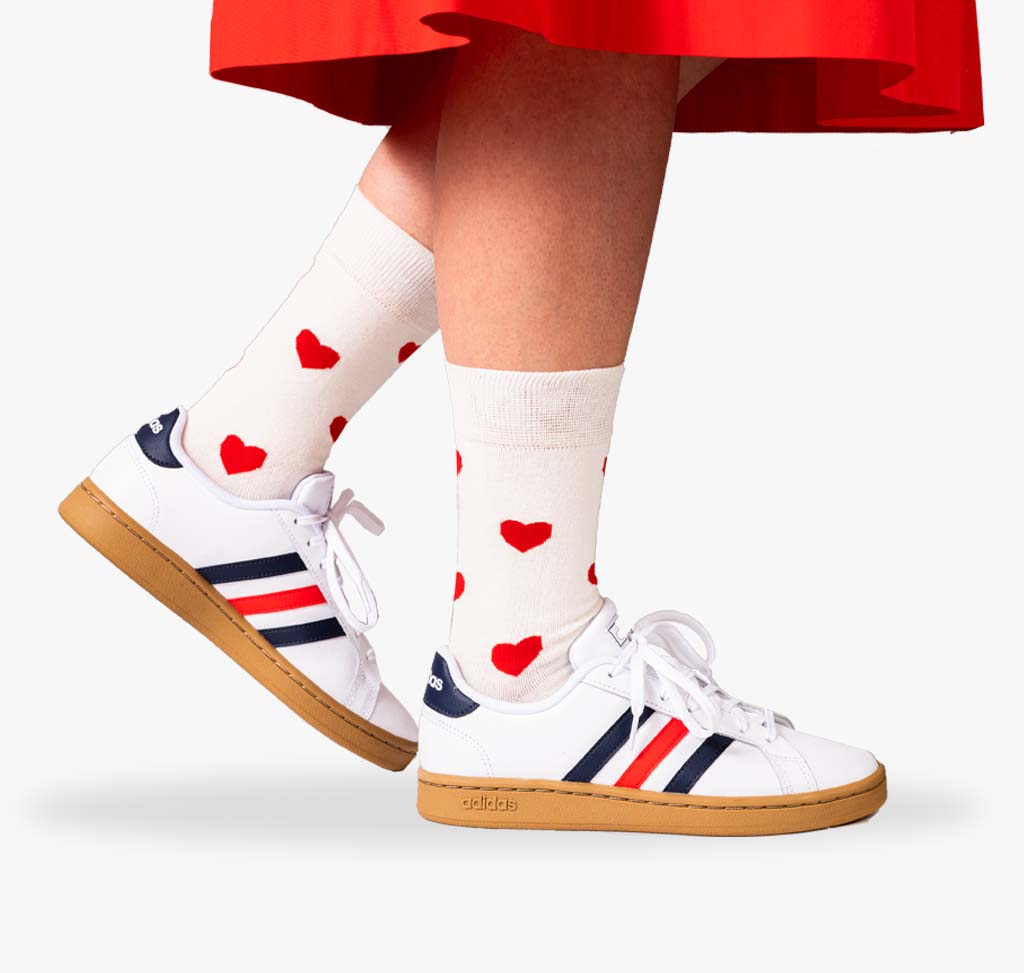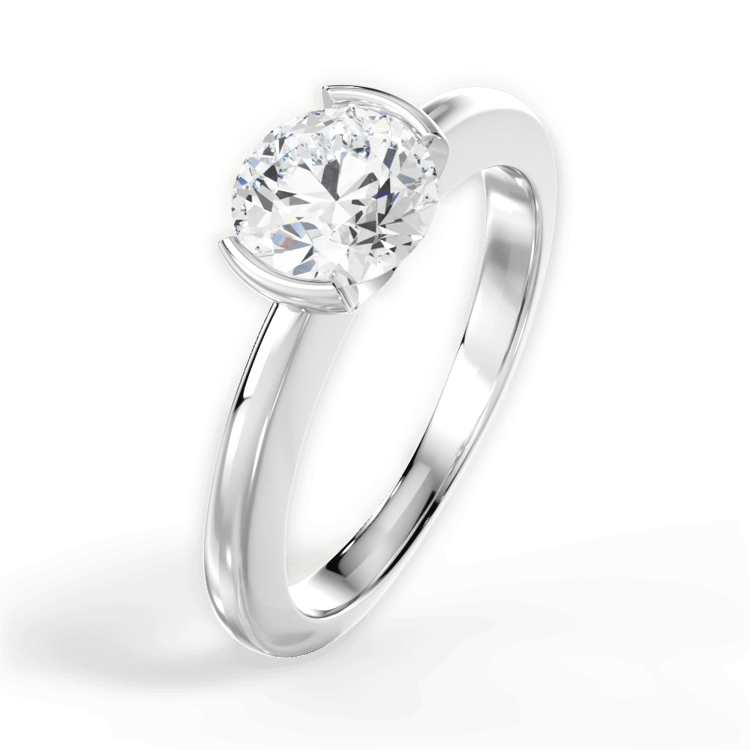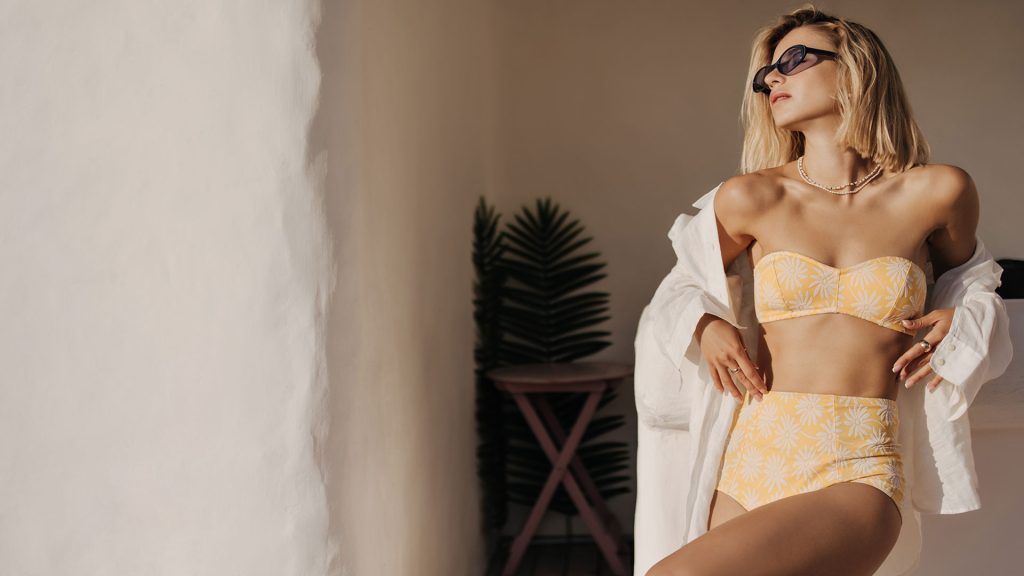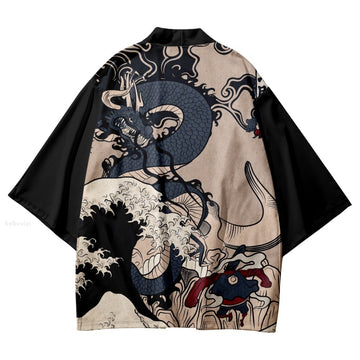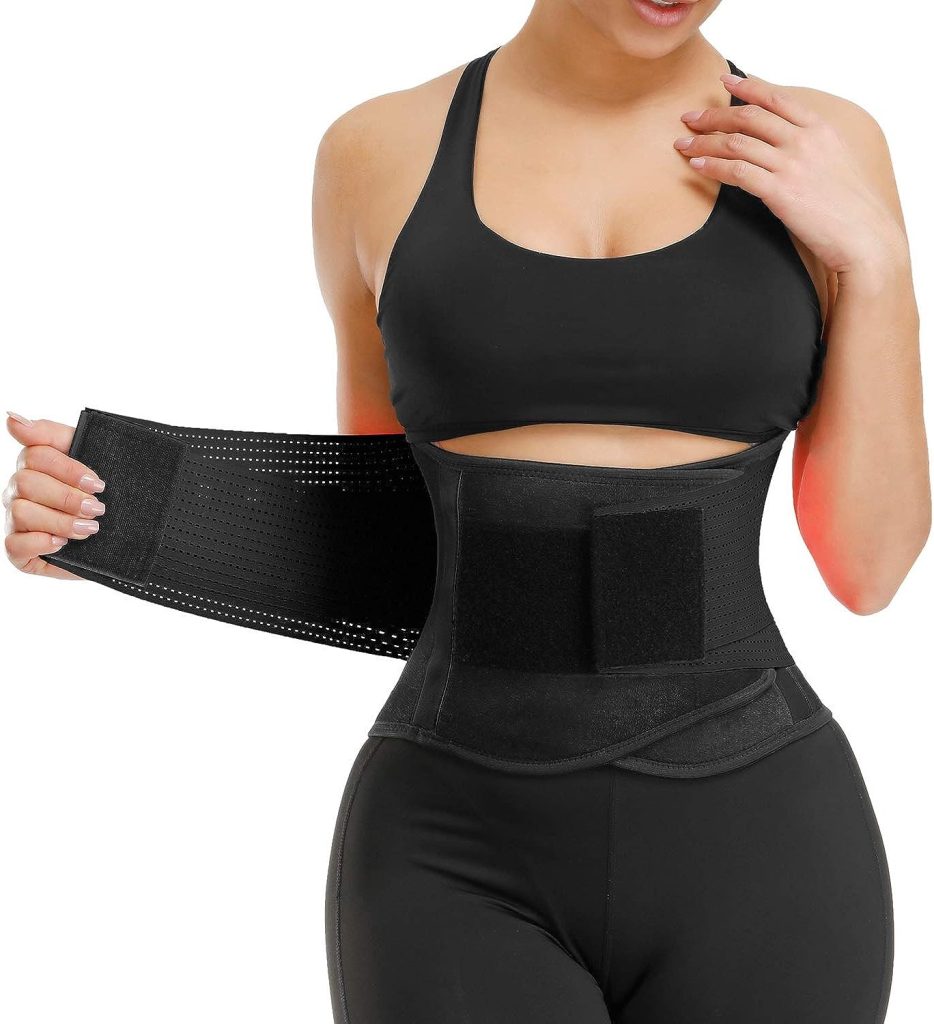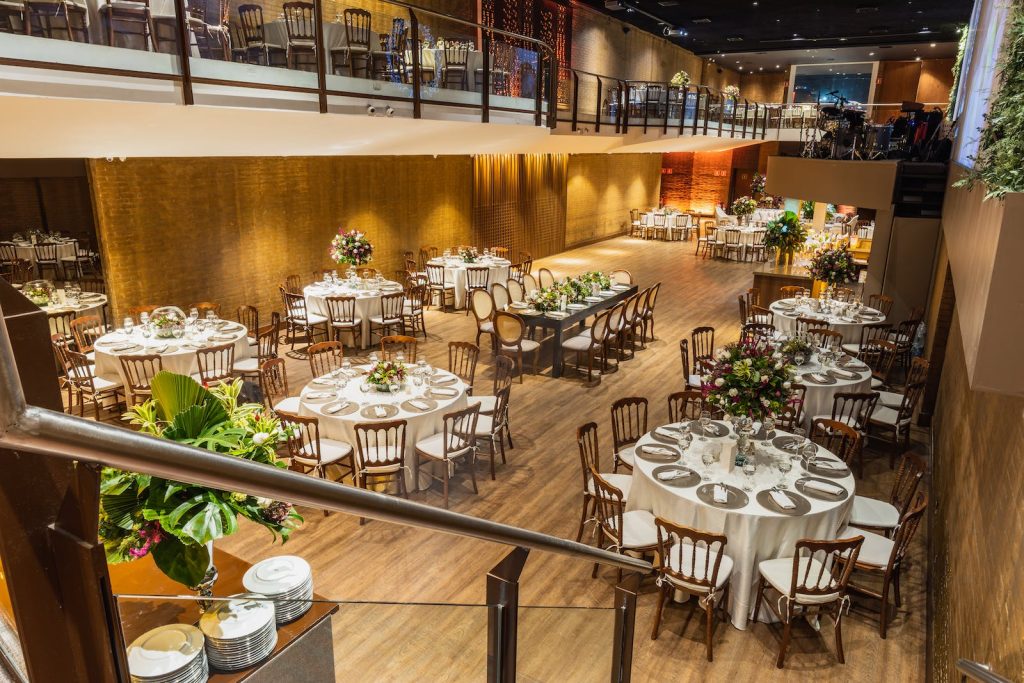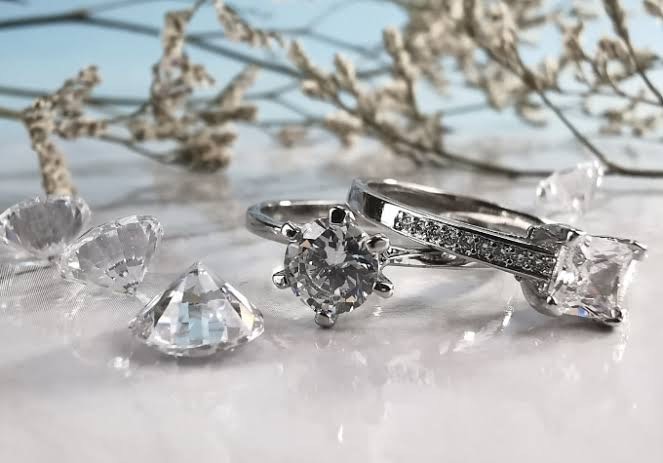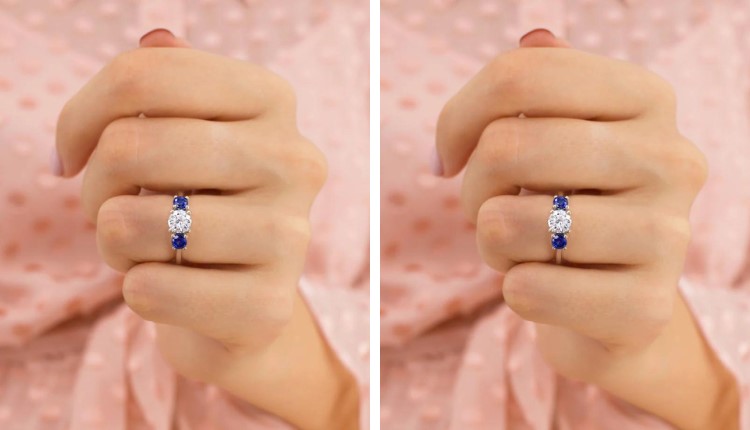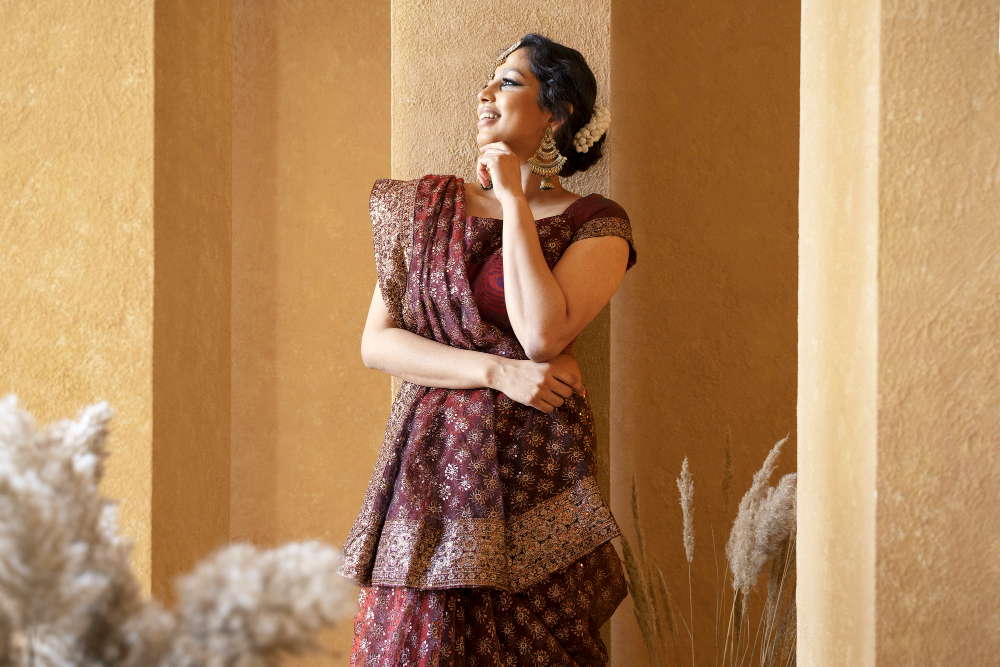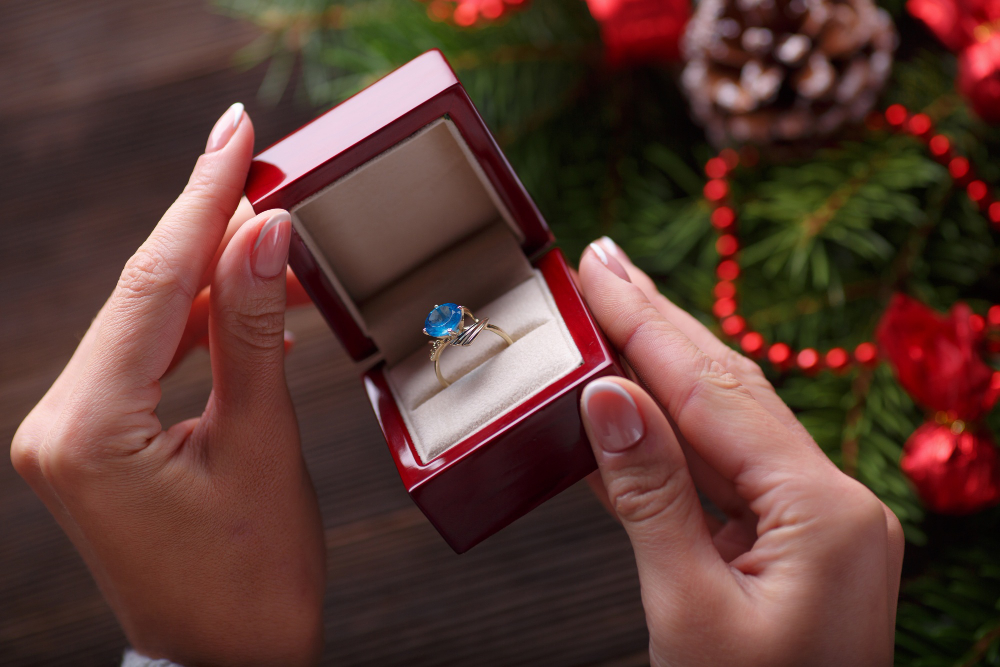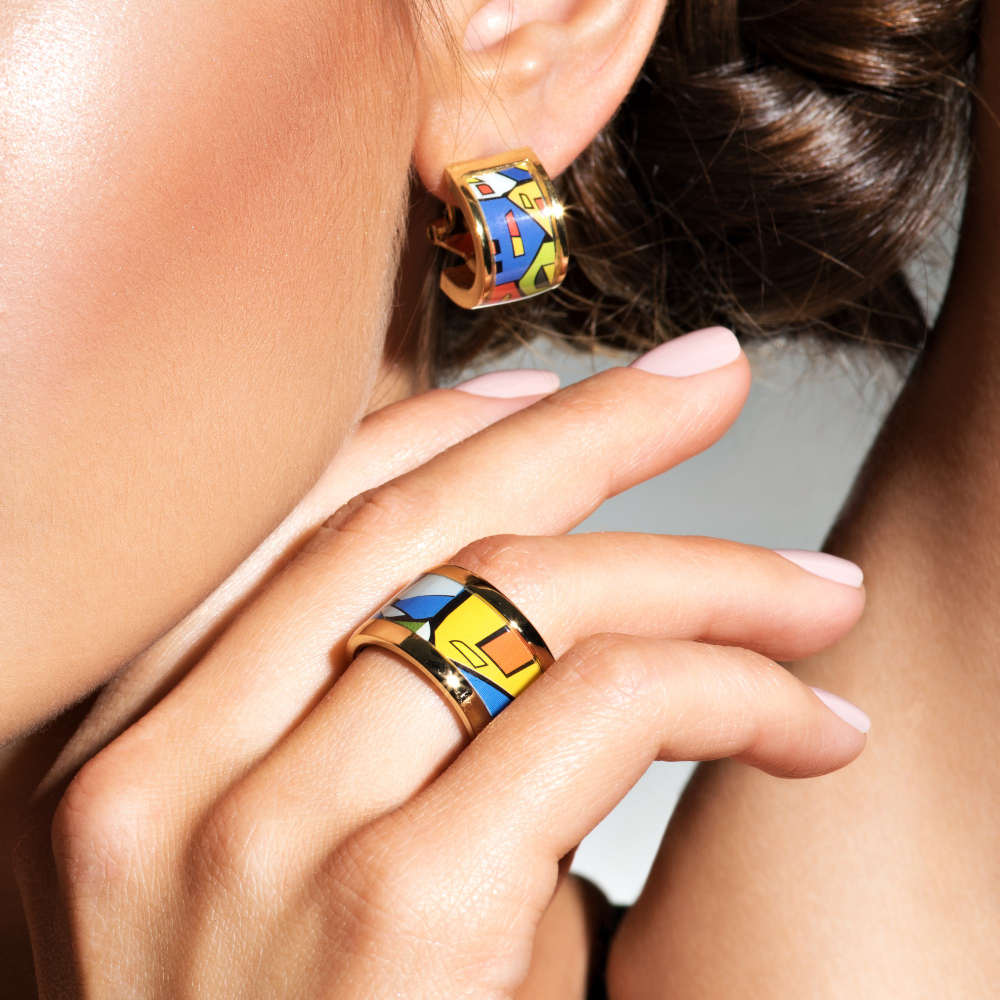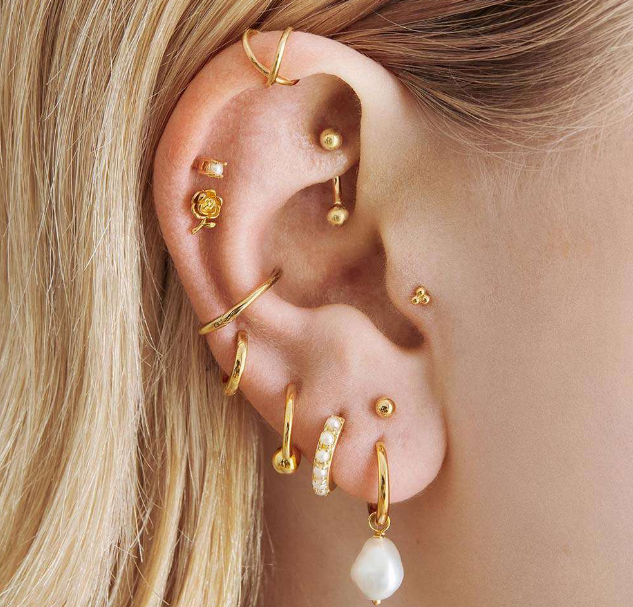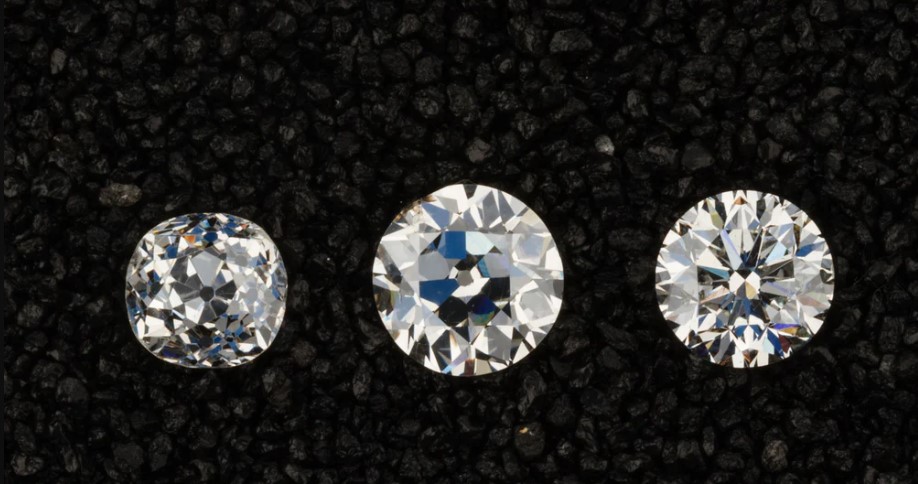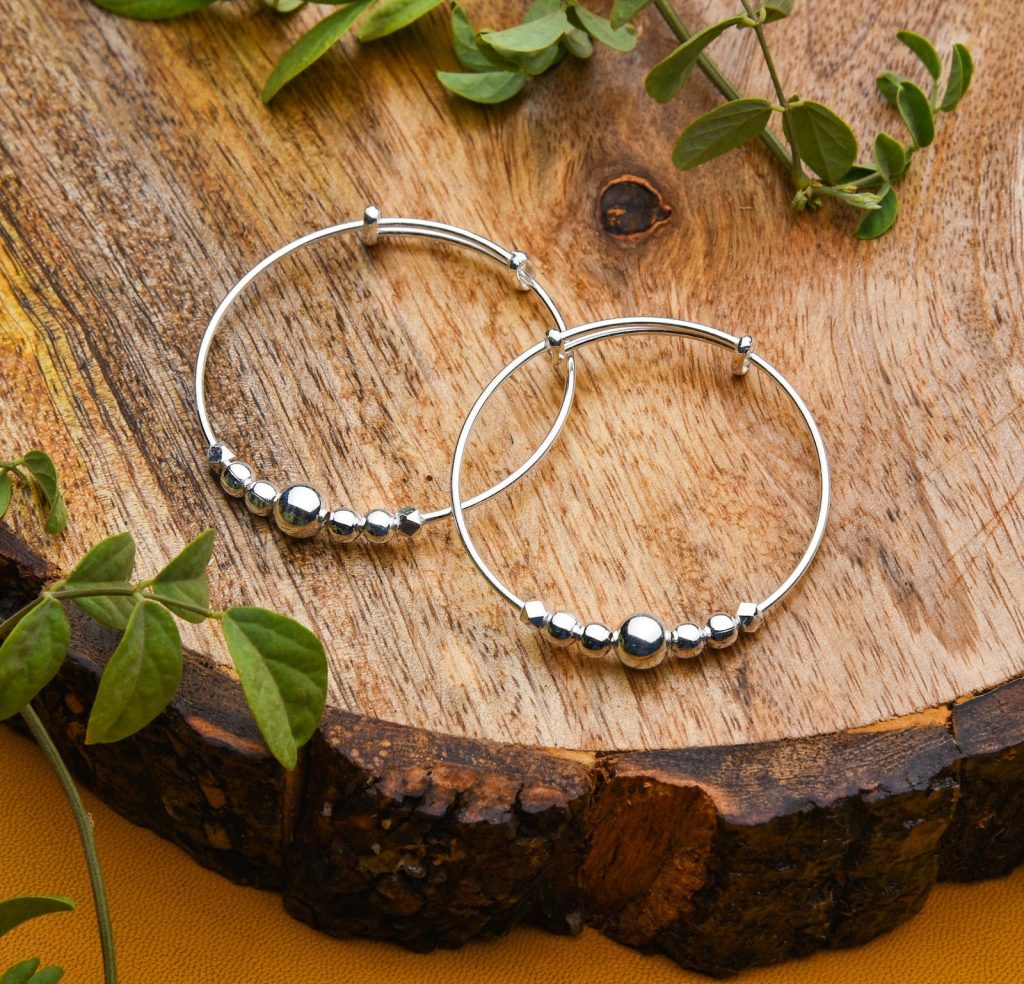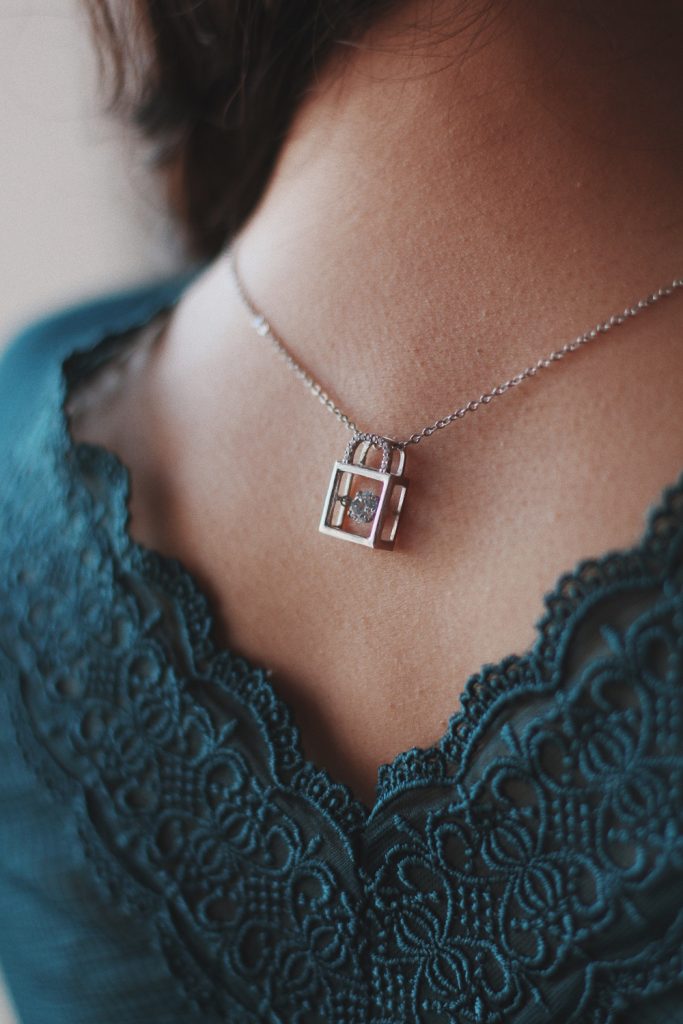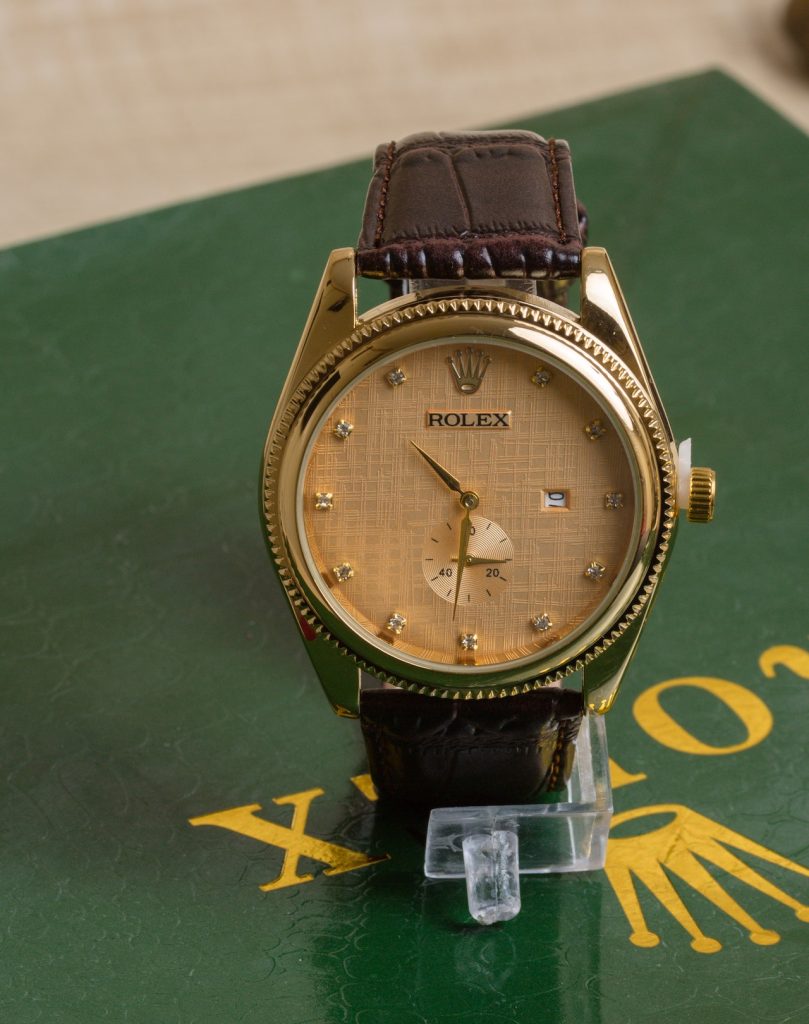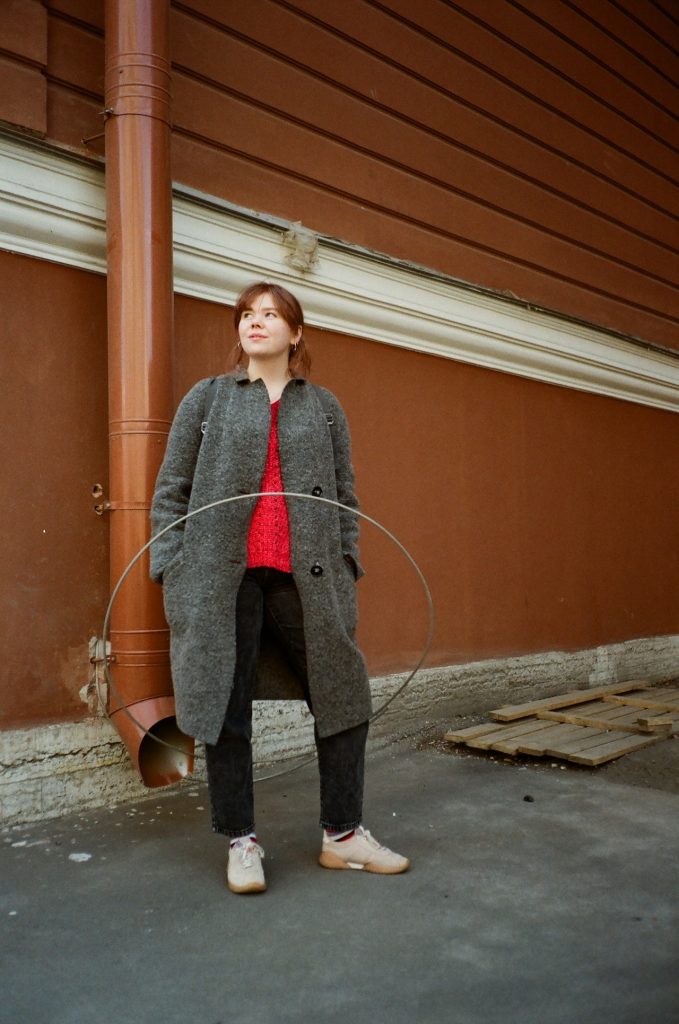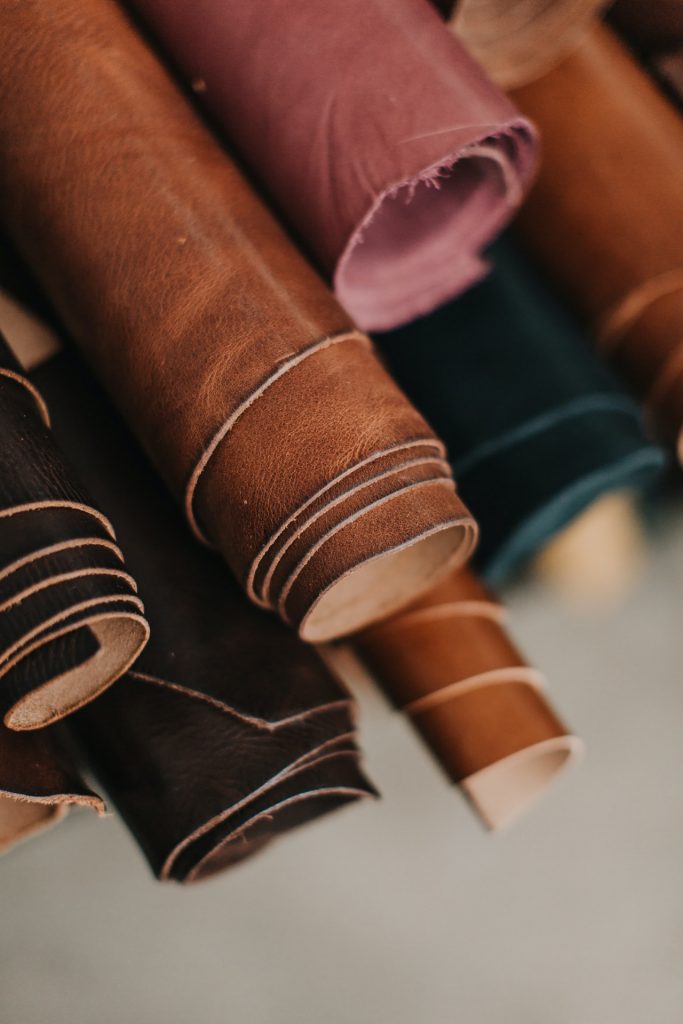How men’s shoes are constructed to fit

How a shoe is constructed can make all the difference in how it fits. Most men don’t think about this when they’re shopping for shoes, but it’s an important factor to consider. In this blog post, we’ll take a look at how men’s shoes are constructed and what to look for when you’re trying to find the perfect fit.
The history of men’s shoes
Men’s shoes have been around for centuries, and their construction has evolved over time to better meet the needs of modern men. Today’s men’s shoes are designed to provide both comfort and style, and they come in a wide variety of materials, colors, and designs.
The history of men’s shoes can be traced back to the early days of human civilization. Archaeological evidence suggests that early humans wore simple sandals or went barefoot. As time progressed and cultures developed, shoes became more elaborate and were often seen as a symbol of status or wealth. In ancient Egypt, for example, only the pharaohs and their families were allowed to wear certain colors and styles of footwear.
Throughout history, shoes have continued to play an important role in both fashion and function. In the middle Ages, knights wore heavy boots made of thick leather to protect their feet in battle. Today, men can choose from a wide range of shoe styles depending on their personal tastes and needs. Whether you’re looking for dress shoes for a formal occasion or casual sneakers for everyday wear, there’s a perfect pair of shoes out there for you.
How men’s shoes are constructed
Men’s shoes are constructed to fit a wide range of foot shapes and sizes. The construction of men’s shoes is an important factor in ensuring a comfortable, stylish, and durable pair of shoes. The following details how men’s shoes are constructed to fit:
The upper part of the shoe, which covers the foot, is made from a variety of materials, including leather, suede, canvas, and synthetic materials. The material chosen depends on the style of the shoe. For example, a dress shoe will typically be made from leather, while a more casual sneaker may be made from canvas or synthetic materials.
The sole of the shoe is what provides support and cushioning for the foot. It is typically made from rubber or synthetic materials. The thickness and design of the sole also vary depending on the style of the shoe. For example, a dress shoe will have a thinner sole than a casual sneaker.
Shoes are often lined with fabric to provide additional comfort for the foot. The type of lining used depends on the material of the upper part of the shoe and the climate in which it will be worn. For example, a leather dress shoe may be lined with cotton to absorb sweat in warmer climates.
Shoelaces or straps are used to secure the shoe to the foot. The number and placement of shoelaces or straps also vary depending on the style of the shoe. For example, a dress shoe will usually have only one shoelace at the
The different parts of a shoe
When it comes to the construction of a shoe, there are several different parts that work together to create the perfect fit. The toe box is the most important part of the shoe, as it needs to be roomy enough to accommodate your foot. The heel should be snug and supportive, while the insole should be comfortable and cushioned. The outsole is the part of the shoe that makes contact with the ground, so it needs to be durable and slip-resistant.
How to choose the right shoes for you
There are a few things to consider when choosing the right shoes for you. First, think about the type of activities you’ll be doing in them. If you’re mostly going to be walking or standing, look for shoes with good arch support and cushioned soles. If you are doing a lot of running or other high-impact activities, look for shoes that are designed for that purpose and offer more support.
Second, consider your foot type. If you have flat feet, you’ll want to look for shoes with more arch support. If you have high arches, look for shoes that are more flexible. And if you have wide feet, make sure to try on shoes before buying them to make sure they’re comfortable and fit well.
Third, take into account the climate and terrain where you’ll be wearing your shoes most often. If it’s typically wet or icy outside, look for waterproof or all-weather shoes. And if you’ll be doing a lot of hiking or walking on uneven terrain, look for rugged, trail-specific shoes.
Finally, think about style and comfort when choosing your shoes. You may want a certain kind of shoe because it looks good with your outfit, but if it’s not comfortable, it’s not worth it. Make sure to try on shoes before buying them to ensure they’re both stylish and comfortable.
Conclusion
It is interesting to see how much care and attention goes into the construction of a pair of shoes, particularly men’s shoes. The process is designed to ensure that the shoes fit well and are comfortable to wear. By understanding the construction process, we can better appreciate the importance of choosing the right size and style of shoe for our feet.


